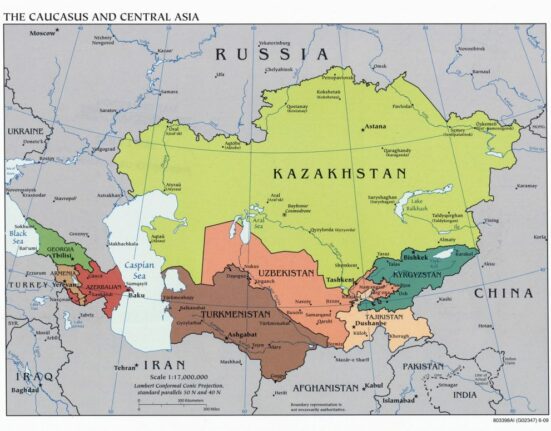The “Strengthening Financial Resilience and Accelerating Risk Reduction in Central Asia” program (SFRARR) – funded by the European Union (EU) and implemented by the Global Facility for Disaster Reduction and Recovery (GFDRR) and the World Bank – hosted a final regional forum in Almaty on October 14-15. The event marked the conclusion of a five-year effort to enhance Central Asia’s resilience to climate change and natural hazards, showcasing the program’s achievements and impact across the region.
Central Asia is highly vulnerable to many natural hazards, including earthquakes, floods, landslides, droughts, and extreme weather events. Over the past 30 years, the region suffered from more than 150 significant disasters, that impacted about 11 million people and caused over $4 billion in direct losses.
Since its launch in 2019, the SFRARR program aimed to scale-up social protection systems, improve financial resilience and risk-informed investment planning towards building disaster and climate resilience in Central Asia.
“A major outcome of the EU-funded Strengthening Financial Resilience and Accelerating Risk Reduction in Central Asia Program has been the development of a regional database on natural hazards, along with detailed data on exposure and vulnerability. This information is critical for evidence-based disaster preparedness and planning, ensuring that communities are better equipped to respond to future risks,” said Ms. Indu John Abraham, Operations Manager for Central Asia, World Bank.
Activities have been carried-out in Kazakhstan, Kyrgyz Republic, Tajikistan, Turkmenistan, and Uzbekistan supported by the establishment of the Regional Scientific and Technical Council for Emergency Situations which resulted in better collaboration and knowledge exchange between the countries. The program developed the first regionally consistent multi-hazard disaster risk assessment for the Central Asia region with more than 70 datasets, which includes exposure and vulnerability information as well as data on earthquakes and floods. This risk assessment helps governments make informed decisions about risk management and disaster preparedness. The program also supported the development of disaster risk financing solutions, enabling countries to better manage the financial and fiscal impacts of disasters, including mechanisms so that governments can respond quickly to disasters without straining national budgets.




